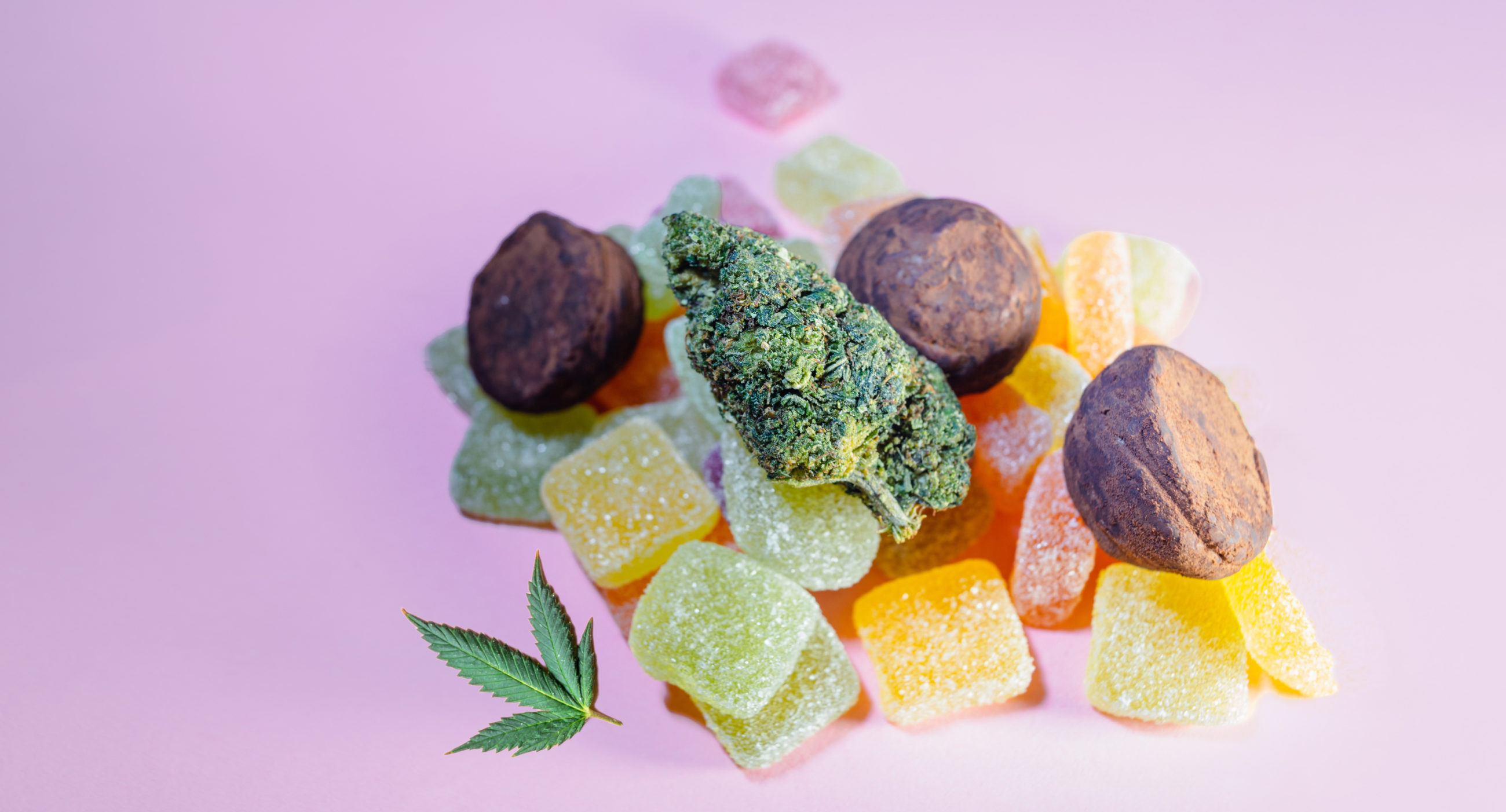Cannabis sativa is a plant species popularly known for marijuana and hemp. It has successfully made its way into medical research and mainstream culture. Cannabis has an array of naturally occurring active compounds that have incredible benefits, which include chronic pain relief, anxiety relief, and the “high” commonly associated with the consumption of cannabis products.
Of over 100 cannabinoids, delta-8 THC (delta-8-tetrahydrocannabinol) and CBD (cannabidiol) are the most abundant and popular. Delta-8 THC is an intoxicating psychoactive cannabinoid that you can consume in the form of carts and gummies, and apart from that, it offers potential benefits to the human body.
So what is the science behind these delta-8 THC products?
In this article, we delve into understanding the science, pharmacology, and product formulation of these products.
Delta-8 THC Extraction and Conversion
As mentioned earlier, delta-8 is an extract from the hemp plant. It gets extracted through different methods, like chemical conversion or fractional distillation. In one of the methods, cannabidiol is drawn from the hemp, after which it is converted into delta-8 THC by a chemical reaction. This process is about the changing of the molecular structure of cannabidiol to make delta-8 THC.
It is usually a series of processes, from extraction – the removal of CBD from the hemp plant, to the isolation of delta-8 THC from the CBD extract through fractional distillation. Then there is the chemical conversion of CBD to delta-8 THC with the help of a chemical reaction. After conversion, there is chromatography and crystallization, and purification.

Delta-8 THC Formulation and Dosage
Formulation and dosage must occur to ensure that consumers are using the safest and most effective products. When there is a proper formulation, you are sure the delta-8 THC products you consume will deliver consistent results. Manufacturers have to consider the following during the formulation and dosage process.
The Carrier Medium
Regarding carrier mediums, there isn’t one size fits all. Manufacturers have to use the appropriate carrier medium for each product. For example, a liquid mixture works best for delta 8 carts. On the other hand, for the gummies, there should be a gelatin or pectin base.
Ingredients
Other essential ingredients accompany delta-8 THC. They include sweeteners, flavorings, and binders. Manufacturers must use the right ingredients to ensure the product has the desired texture and taste.
Stability
Before distribution, manufacturers have to ascertain the long-term stability of the products to ensure they don’t undergo degradation due to factors like light, sun, and oxygen.
Consistency
Every manufacturer’s goal is to ensure that all the products in the whole batch have consistent power and effects. They do so through appropriate mixing, as well as the distribution of delta-8-tetrahydrocannabinol in the formulation, which promotes uniformity.
Regarding dosage considerations, manufacturers should clearly state the product’s potency on the labels in terms of mg (milligrams) of delta-8 per unit since the potency of the products varies widely. Every user has a unique tolerance level, which explains why you need to take it slow as a consumer. Starting low and progressing gradually, if need be, is very important, especially for beginners.
The desired effects vary from one user to another; the appropriate dosage for someone looking to have some mild relaxation is usually lower than that of someone who wants to experience stronger effects. Also, the method through which a user intends to consume delta-8 THC products largely determines the doses. For example, gummies (which are consumed orally) have a slower onset of effects compared to cartridges.

Bioavailability
Bioavailability refers to the percentages at which substances enter the bloodstream after consumption. Depending on the mode of delivery, the bioavailability of delta-8 THC varies. For example, the rate at which delta 8 gummies can get absorbed into your bloodstream after consumption is lower due to oral ingestion. Carts can get absorbed very fast into the bloodstream because of direct inhalation.
Interaction With the Ecs System
The ECS (endocannabinoid system) is a network of signaling molecules and receptors. When you consume delta-8 THC, it interacts with the ECS by binding to the CBI receptors in the nervous system and brain, which cause different psychological and physiological effects.
Potential Therapeutic Effects
After using delta-8 THC, you can experience pain relief, reduced anxiety, and improved mood. When consumed, delta-8 THC interacts with the endocannabinoid system to modulate pain perception and give you comfort. It also has anxiolytic properties that help reduce anxiety among its users.
Also, delta-8 THC can stimulate your appetite. Here, it functions the same way as delta-9 THC and works well for people struggling with low appetite due to medical conditions. It can be an excellent solution for people undergoing chemotherapy or undergoing nausea for other reasons. It has antiemetic effects responsible for alleviating nausea and vomiting symptoms.
Psychoactive Effects
Compared to delta-9 THC, delta-8 THC has a lower potential, even though it is psychoactive. It can interact with CB1 receptors in the consumer’s brain to give them effects such as feeling relaxed, mild sedation, altered perception, and euphoria.
Safety and Side Effects
Just like any other cannabinoid, delta-8 THC has its fair share of side effects on the users. Some of them include red eyes, dry mouth, impaired motor coordination, changes in blood pressure, and increased heart rate. You can avoid some of these effects by taking the gummies and carts in low doses, especially if you are a beginner.





